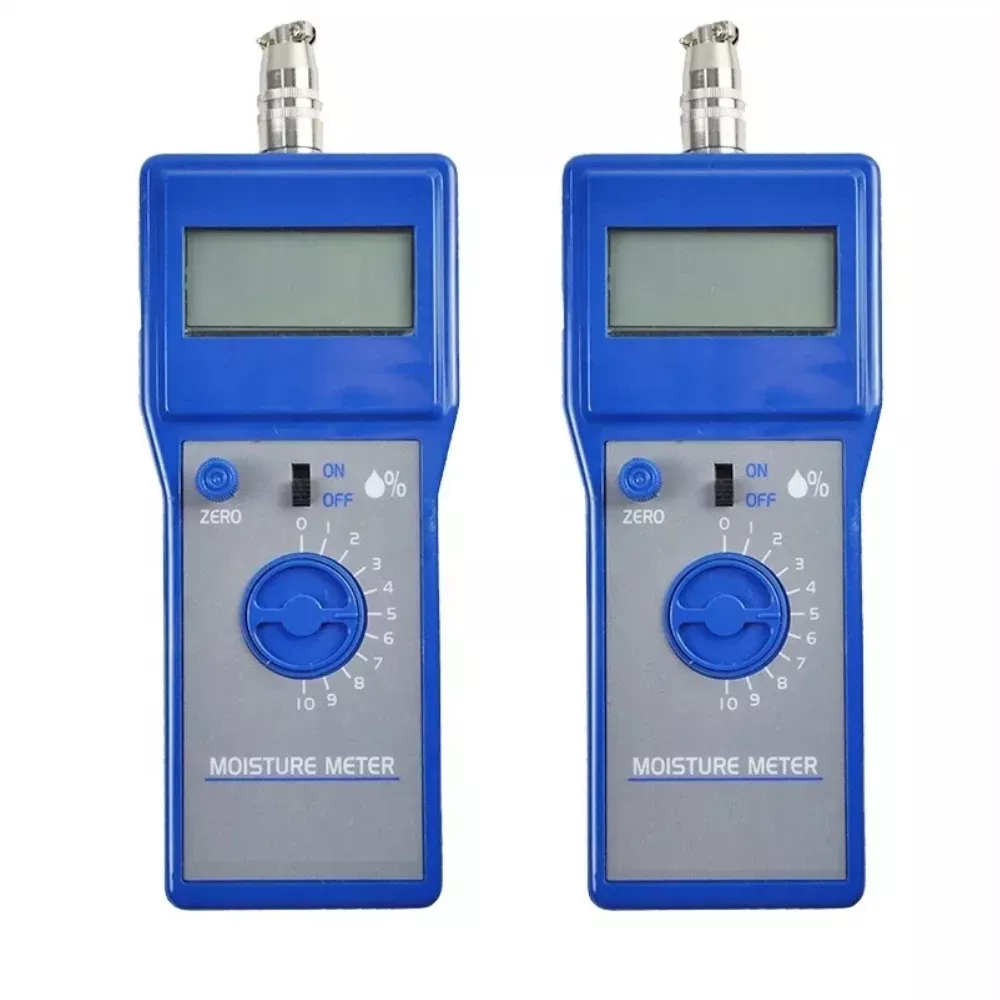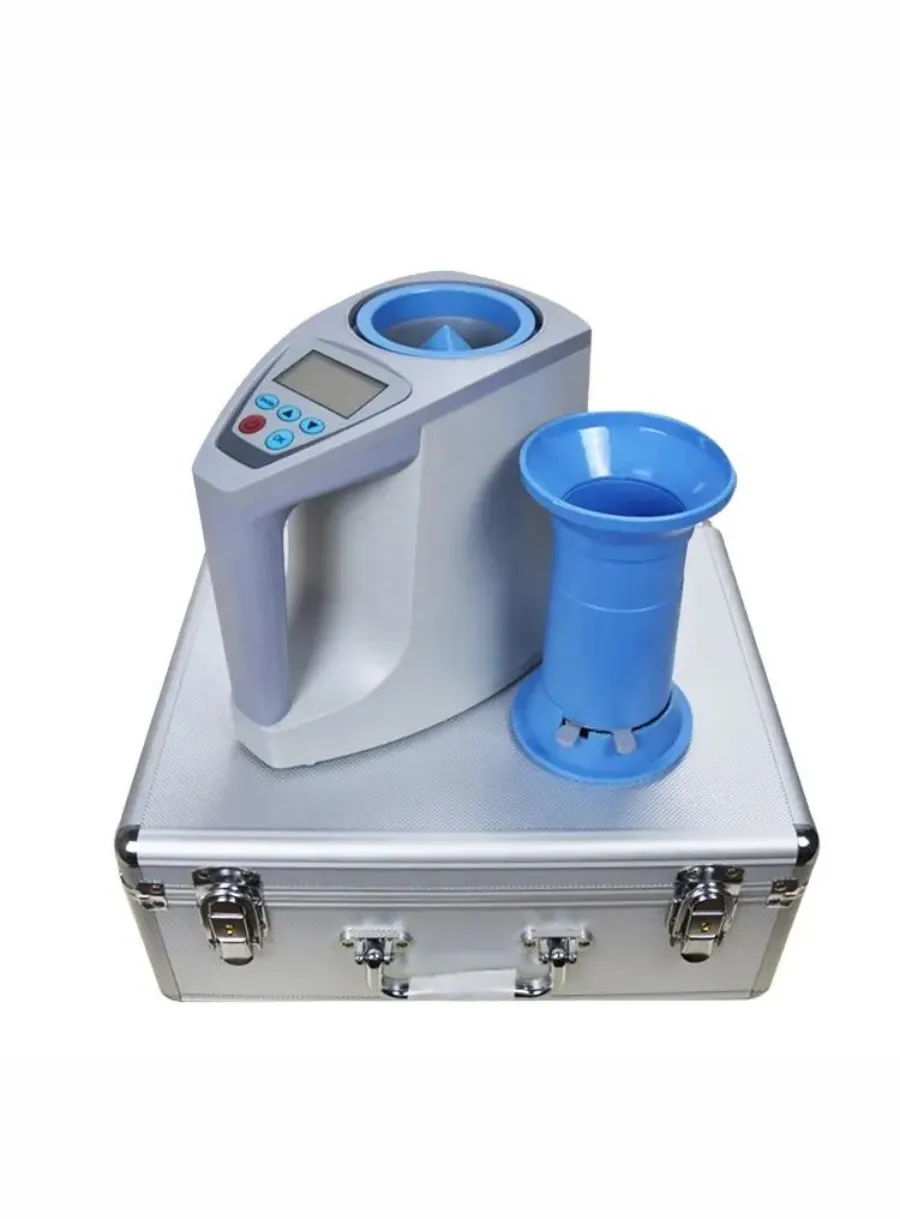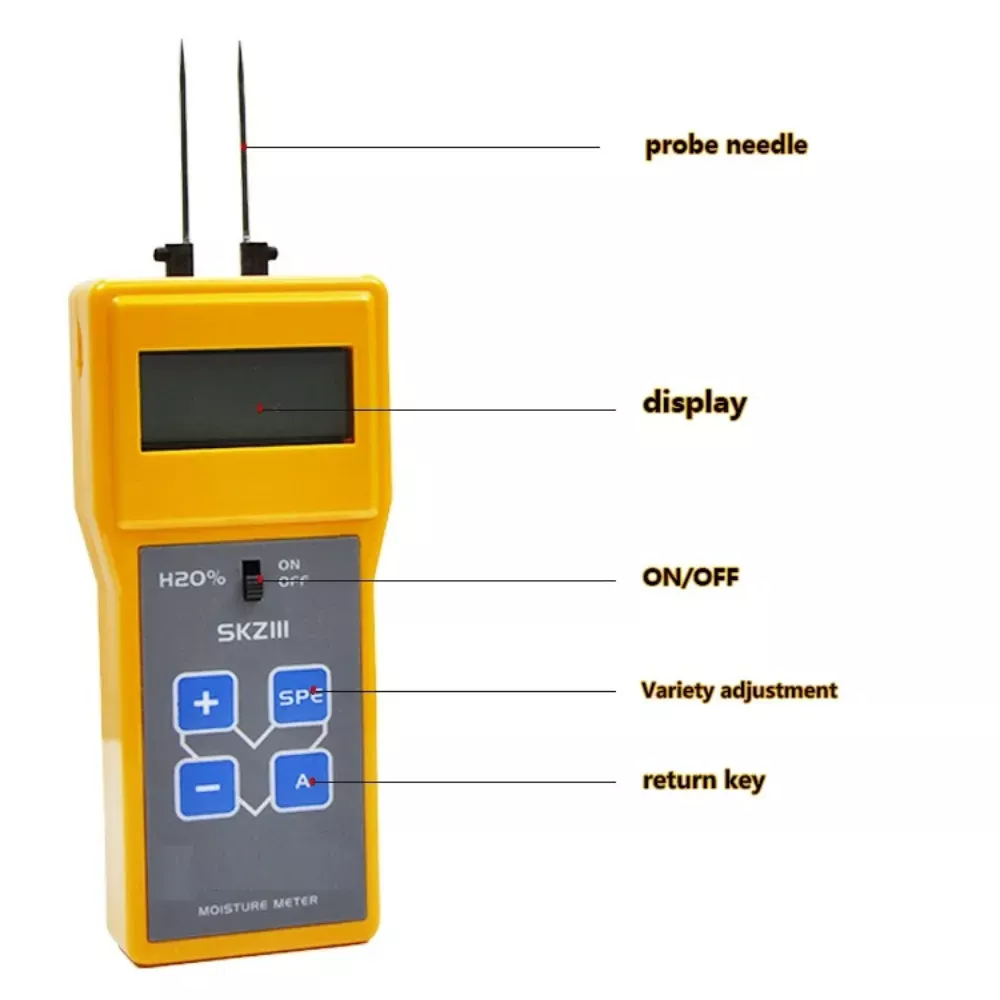
Types of Cotton Moisture Meters
Table of Contents
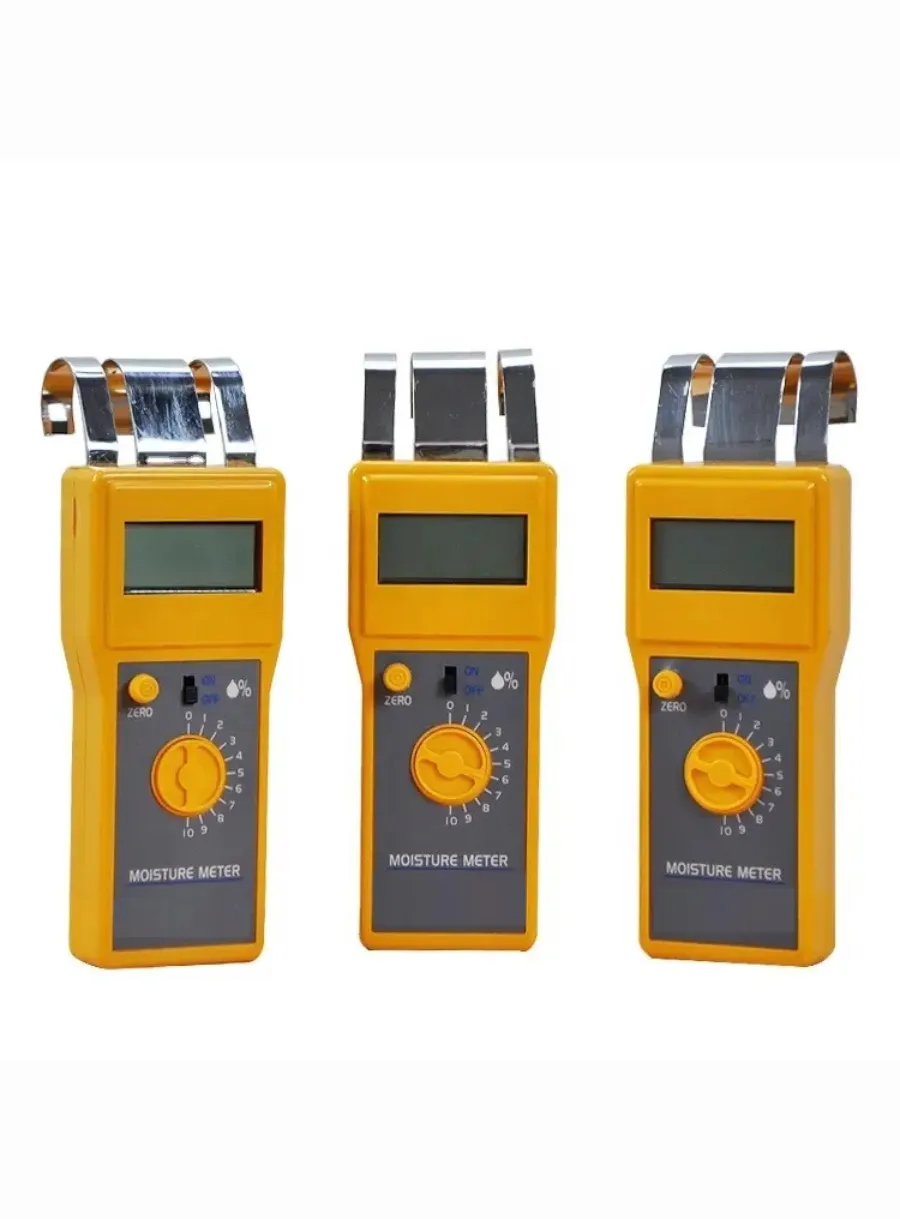
The Crucial Role of Cotton Moisture Meters
Cotton moisture meters are crucial tools for measuring the moisture content in cotton fibers, ensuring quality and suitability for processing. Various types of moisture meters utilize different technologies and principles for accurate measurement.
Non-destructive moisture meters employ methods that do not damage the cotton fibers during measurement. These meters are designed to send electromagnetic signals through the cotton and assess the moisture level based on the amount of signal absorption. A higher moisture content results in greater absorption, allowing for accurate readings while preserving the integrity of the cotton fibers.
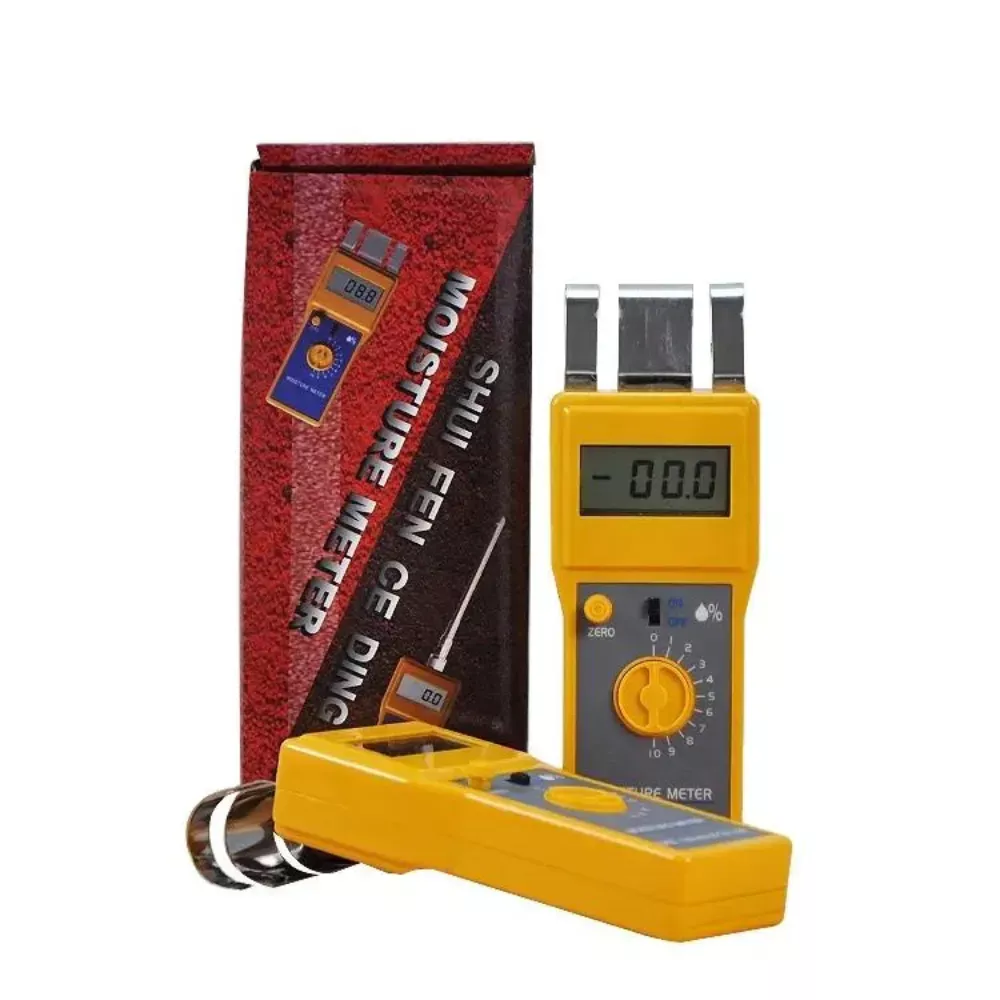
Examples of non-destructive meters include the GI100C Cotton Moisture Meter, which features advanced sensors and microprocessors for precise moisture measurement across various forms of cotton. The CX-30 Meter is designed to account for moisture distinctions between seed cotton and lint cotton, compressing the cotton to minimize air pockets that could skew measurements.
Pin meters utilize metallic probes inserted into the cotton material to measure electrical resistance, which inversely correlates with moisture content. Pinless meters use radio frequency technology to measure moisture without physical penetration, preserving fiber quality and allowing for more comprehensive evaluations.
Calibration is a vital aspect of moisture meter operation. Different cotton varieties and environmental conditions necessitate specific calibration to ensure accurate readings. Some meters come with calibration plates for easy adjustments, while others may require more detailed procedures to align with industry standards.
Modern moisture meters often include additional features such as temperature displays, which help in tracking temperature variations associated with moisture levels. This functionality can be beneficial in identifying potential moisture-related issues like mold growth.
Comments
Tags
Frequently Asked Question
The main types are non-destructive meters, pin meters, and pinless meters, each using different technologies to measure moisture content in cotton fibers.
Non-destructive meters send electromagnetic signals through the cotton and assess moisture levels based on signal absorption, preserving fiber integrity during measurement.
Calibration ensures accurate readings across different cotton varieties and environmental conditions, aligning measurements with industry standards.
Modern meters often include features like temperature displays, helping to track temperature variations associated with moisture levels and identify potential issues such as mold growth.

